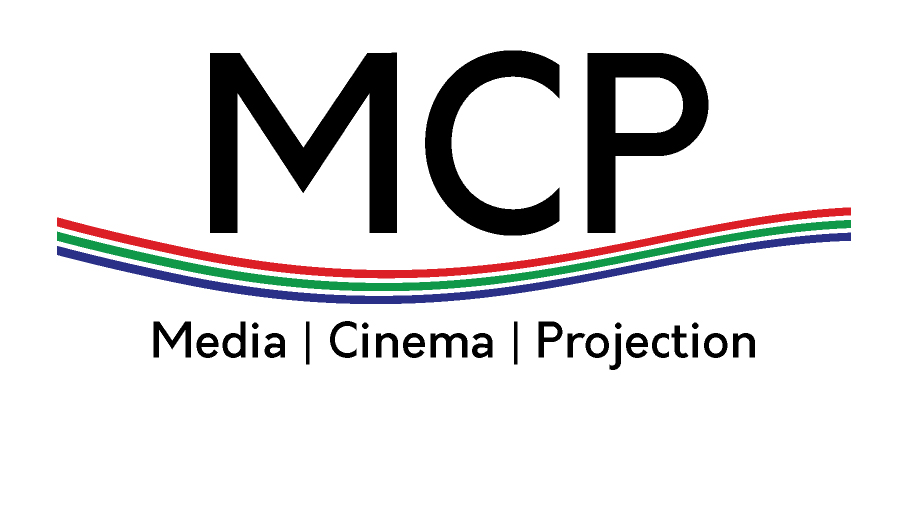In 1895, a 22-year-old secretary at a French camera company rises through the ranks to become the first female director in history. It sounds like a fun pitch for an alternate reality story, but it actually happened.
Her name was Alice Guy-Blaché, and she was a leading innovator in the earliest days of film. In fact, she was a part of the industry even before what is conventionally marked as the dawn of cinema: the Lumière brothers’ first public film screening in December 1895 in Paris. Guy-Blaché had attended an earlier private demonstration of their pioneering projection technology and thought their documentary-style footage barely scratched the surface of what the new medium could do. So, she asked her boss Léon Gaumont for permission to make her own film. The result is 1896’s La Fée aux Choux, a short fairy tale that was not only the first film directed by a woman, but probably the first narrative film ever made. It was the start of a briefly thriving era for women filmmakers that shaped Hollywood as we know it today – so why, a century later, is it hardly remembered?
Though Guy-Blaché spent the next two decades directing over 1,000 increasingly sophisticated films and became one of the first women to run her own studio when she co-founded The Solax Company in 1910, she was essentially forced into retirement by 1922, a full 66 years before her death. As detailed in Pamela B. Green’s compelling 2019 documentary Be Natural: The Untold Story of Alice Guy-Blaché, Guy-Blaché spent much of her later years writing letters to historians to try to correct her inexplicable absence from the history books. Perhaps unsurprisingly, these efforts went largely ignored, and her work wasn’t rediscovered until the 1970s, when feminist film scholars like Sharon Smith and Gerald Peary began to question the assumption that the film industry had always been run by men.
Another 20 years later, film historians realized women hadn’t just been the exception to the rule in the silent film era — they were a key part of it. Created by film scholar Jane Gaines in 1993, Columbia University’s Women Film Pioneers Project (WFPP) is now an online database dedicated to documenting the contributions women made to the silent film era beyond acting. Today, the database has over 280 profiles of women who worked across six continents in roles ranging from accountants and agents to screenwriters, editors, producers, art directors, camera operators, casting directors, composers, cinematographers, costume designers, and even animal trainers and stunt performers. There are 117 profiles of female directors alone.
Among them are Esther Eng, an openly gay Cantonese–American director who made Chinese-language films in both the United States and Hong Kong during the 1930s and ’40s, and Nell Shipman, a Canadian director who shot animal-filled adventure films on location in the 1910s and ’20s. It was common for women to own or co-own independent production studios in the silent era, and there were also a huge number of powerful women screenwriters, including Anita Loos, June Mathis, and Frances Marion, who regularly hosted “hen parties” that doubled as networking events for women in Hollywood.
